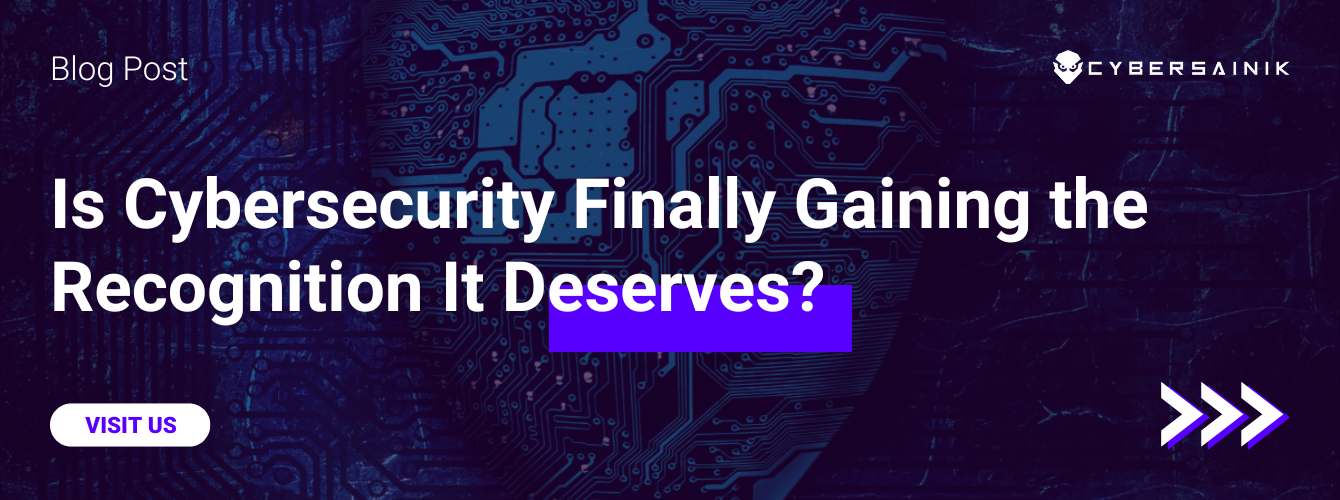The modern workforce is becoming increasingly mobile. Mobile devices, tablets, and laptops are becoming more powerful, and with the imminent arrival of 5G, the amount of computing power performed on a mobile device will surely explode. According to a 2018 survey by Oxford Economics, 80% of IT executives believe that mobile devices are vital to enterprise success.
For small to mid-sized businesses, the cost of equipping employees with mobile devices is typically too high. Instead, these businesses opt to use the bring-your-own-device (BYOD) approach which can bring inherent risks and security concerns. These concerns have IT teams asking: How do we keep end-point devices, like smartphones, secure when used in business-sensitive settings, including company-issued and BYOD devices? How do we protect IT infrastructure and data when the devices accessing our network are not fully in control of our IT team?
Here are 5 Tips for Improving Mobile Device Security for your employees
1. Email Security
Email is still the most popular tool for communications and still the number one mode in which malware/viruses are deployed. Email security filters can help employees identify potentially harmful messages on their computers, tablets, and smartphones before opening and clicking on the email altogether.
2. Anti-malware for Mobile Devices
Mobile devices, like smartphones, have operating systems. When it comes to mobile operating systems, Apple’s iOS and Samsung’s Android are the two most popular, but also the two most susceptible to cyber-threats. Ensuring your smartphone is protected with anti-malware is crucial to achieving security and protection while surfing the internet via a mobile device- especially if that mobile device is accessing information sensitive to your business.
3. Strong Authentication
Smartphones can utilize dual-factor authentication. While facial recognition and fingerprint scanning are modern technologies used by popular mobile phones, one-time passwords, and security tokens should also be used for added security.
4. Perform Regular Mobile Security Audits
Conducting regular penetration testing on mobile devices issued by the company or used to access the company’s network is crucial to ensuring top-level security. An organization capable of performing a penetration test, like Cyber Sainik, can audit your business’ mobile security, find holes, and suggest remediation to improve security.
5. Configuring a VDI or VMI
A Virtual Desktop Interface (VDI) and Virtual Mobile Interface (VMI) are two ways businesses can separate personal data from company data. Company information and data, protected by the VDI or VMI, allow employees to secure access to the company’s virtual resources from any location. VDI’s virtualize the desktop operating system, like MacOS, while VMI’s virtualize the mobile operating system, like iOS.
The Bottom Line:
Equipping your business for future success means a more mobile workforce that will utilize mobile devices to be productive. Failing to implement top-tier security before implementing a BYOD policy could result in harmful security breaches. With our Security as a Service solution, achieve end-point and network security before a cyber-attack cripples your business. Get in touch with us today




